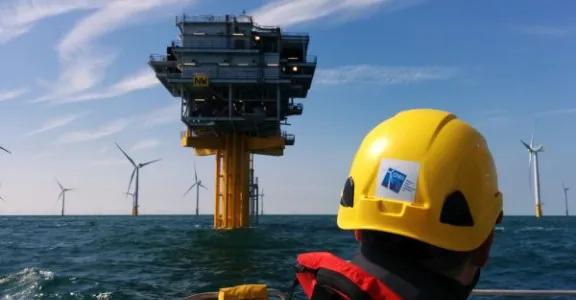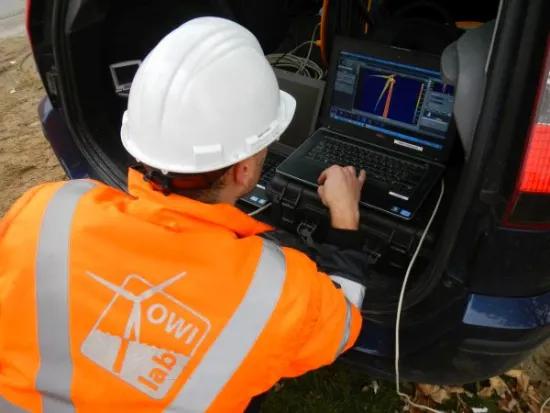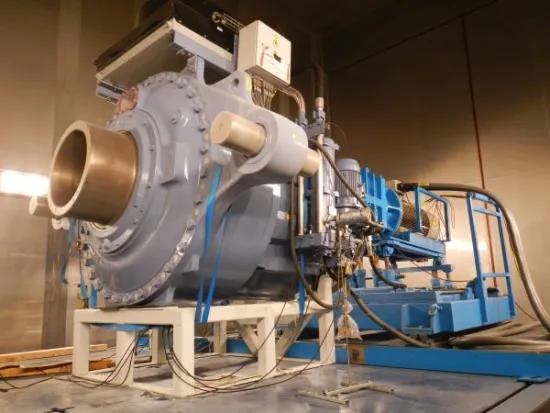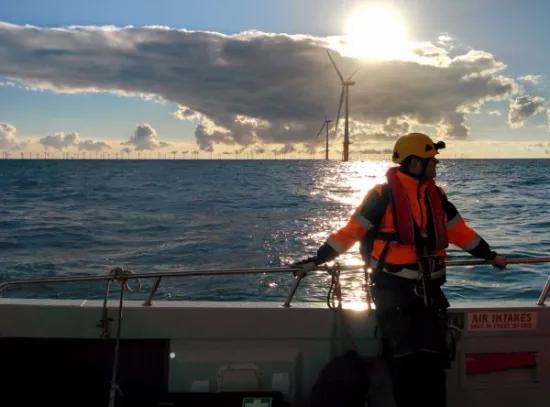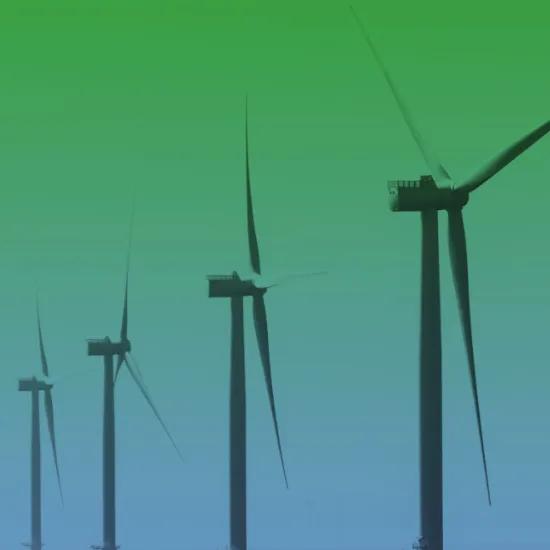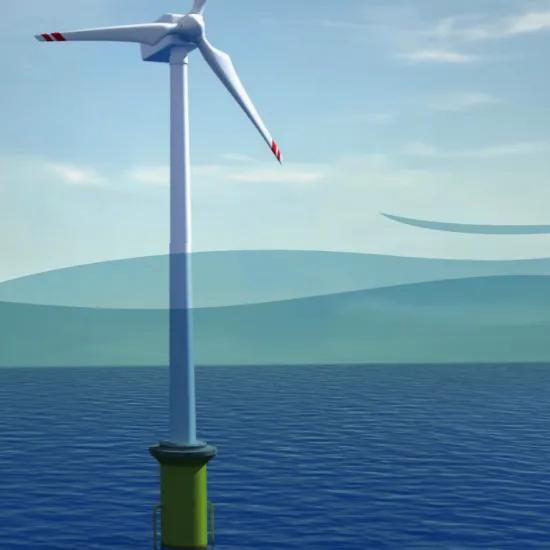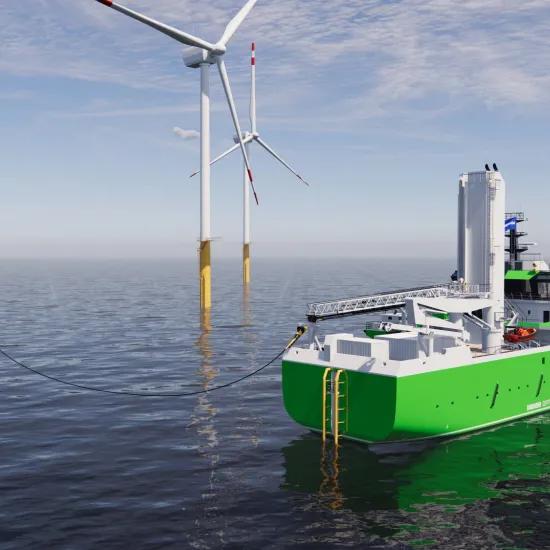Earlier this year, WindEurope - the voice of the European wind industry - interviewed Pieter Jan Jordaens of OWI-Lab. You can read the highlights of this interview below.
OWI-Lab is active in R&D and innovation, a domain that enjoys a great deal of potential, but also holds a significant amount of risk. For example, it is possible for the innovation in question to fail, or simply arrive before the market is ready for it. This happened to Belgian companies who were active in the development and production of wind turbines in 1980-90. They produced important innovations that came too early for our country, which was not yet ready for them. But these companies set something in motion that proved significant in the long term. For example, these companies needed components and thus triggered the establishment of new companies, such as the former Hansen Transmissions (now ZF Wind Power) and Pauwels Transfo (now CG Power Systems). At that time, wind turbines were more of a niche market than a promising prospect comparable to industrial gearboxes, but over the years knowledge has been accrued that led to ZF Wind Power becoming a world leader in the design and production of gearboxes for wind turbines.
We see similar stories in DEME-GoSea, Jan De Nul, Smulders, etc., who were involved in the construction of the first offshore wind farms in Belgian waters. They, too, operate worldwide - in Europe but also elsewhere such as Taiwan. OWI-Lab wants to support companies throughout the entire value chain so that they can become world leaders in wind energy activities. What is needed is for the risk to be as low as possible, so that R&D and innovation can pay for themselves. Just the existence of a domestic market and subsidies mean that the risk is lower.
Evolution in the sector
In the future there will be a shift in the ‘where’ and the ‘how’ of innovations. For example, there is enormous potential in digitisation, but proving its worth calls for investment, funds and the time to learn from datasets. The design of structural health monitoring, for example, didn’t even exist in 2010. Today its value is recognised by designers and operators throughout Europe. OWI-Lab was one of the first to be active in this field.
OWI-Lab put the knowledge and experience gained by professor Christof Devriendt (VUB) in structural health monitoring in the aerospace industry to work for the testing, monitoring and analysis of the structural behaviour of offshore wind turbine foundations in Belgian wind farms for a full year. All variables were considered. The establishment of such monitoring campaigns over the long term (with the support of VLAIO), meant that datasets could be obtained and analysed. This, in combination with in-depth application knowledge, clearly demonstrated the added value of this data. Some of the insights were even crowned with the best poster award during the last WindEurope Offshore Wind Conference in London. Insights into certain parameters of in-field data can be extremely valuable for the accumulation of knowledge to further reduce the LCOE of offshore wind farms. A good example of value creation based upon this R&D project was the establishment of the spin-off 24SEA.
Synergy
Integrating the insights gained in other sectors for the development of wind energy can be a very useful approach, since other sectors face similar challenges. In Flanders, clusters have thus been set up, in which experts from various fields can work together around a certain subject or within certain R&D projects. For the past three years, OWI-Lab has been leading a cluster focussing on innovation in offshore energy, together with UGent and VUB. This cluster works with other clusters such as those focussing upon drones and composites. Although these clusters work in different industrial sectors, they often have to face similar challenges. Drones must be able to carry out inspections on bridges, buildings, etc., but similar technology can be used to inspect turbine rotor blades, for example.
There are also synergies for composites. In the CompositeLoop project, the cluster works with the cluster for composite materials. The project aims to investigate the disposal and end-of-life processing of composite structures on a large scale. In the wind sector, the issue is composite blades, but there are also other interesting cases in the composite cluster, such as the end of life of composite silos or structures from aerospace.
There are also synergies with other sectors that want to reduce their carbon footprints, such as the mining sector, which is investigating technologies to reduce both its footprint and its (energy) costs.
Future prospects
In the future, OWI-Lab wants to see ever higher turbine reliability being realised: the ultimate goal is no unforeseen machine downtime. This would considerably reduce O&M costs and allow more energy to be produced. The integration of storage is another aspect that can hopefully be realised in the future. Reliability and availability are currently on an upward trend. What wind turbines and wind farms need now are solutions to provide a continuous flow of energy at the required network quality. The internationalisation of the sector should also be a positive factor in getting countries that are currently still relying upon fossil fuels on board so that they dare invest in wind energy.
To keep Europe competitive, the domestic market must not disappear. After all, it represents a test area where knowledge can be gained around wind energy on land and at sea, so that various companies can develop new products and services that will also be exported internationally. It is therefore good news that the EU has recently decided to increase renewable energy targets to 32 percent by 2030. Wind energy both on land, and in particular offshore, will play an important role here.
Local production companies must not disappear either. It is a well-known fact that factors such as high wage costs make Europe more expensive, but other options also exist for attracting and retaining production companies.
If we are to allow R&D to take place, and gain economic benefit from it, the necessary infrastructure is required and our knowledge must be further expanded. This calls for both people and equipment. In the OWI-Lab collaboration, we want to work with industry and knowledge institutions to put wind in the sails of the local wind energy sector.
You can read the full interview here.
]]>
